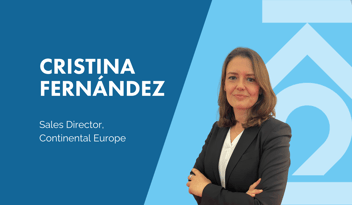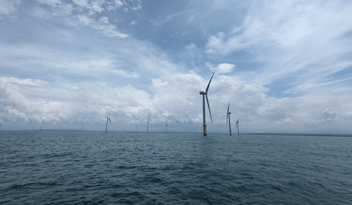
Project risk premiums - one size doesn't fit all
Best practice for energy project developers and investors is to evaluate all risks linked to the project itself. Risk comes in many forms: technology failure, access to site, permit problems, bad contractors and unknown offtake prices. Most of the risks related to the project itself can be hedged and/or accounted for with strong project management setup, robust contract strategies as well as technical risk sensitivity analyses and simulations, contributing to the overall business case.
However, one project business case doesn’t fit all and country-specific issues such as geo-political risks, legal risks, currency risks and credit ratings are key to address to achieve a bankable business case and yield higher returns.
While supporting developers and investors with integrated technical, financial advisory and project management resources, K2 Management has, time and again, seen that early involvement has a significant impact on project returns throughout its lifespan.
This is especially impactful if project owners use a multi-contracting setup, putting themselves in the driving seat of the project development, compared to a fully wrapped EPC(I) contractual setup, where the suppliers will reap any unused buffer.(Read more on multi-contracting).
Based on our 1,000+ project experience, onshore wind project contingencies typically vary from one to six percent depending on the location of the project.
Hedging risks
Investors and developers are usually wary of the politics when choosing a project region, as unstable governments may adopt new policies, laws, regulations or other changes that may directly affect the renewable energy project. In emerging markets and developing countries low GDP growth and currency fluctuations could also significantly impact investment returns.
Different tools have been created in order to hedge most of the risks in project finance, but in some cases, tools are not available or capable of completely hedging the risk, therefore, investors and developers should build in a buffer in their business case calculations.
Using multi-contracting to lower contingency
Stern School of Business Finance Professor Aswath Damodaran calculates a country risk premium based on adjusted country default swaps, which could be used as basis to calculate the required equity premium for a renewable energy project in a riskier location.
It is the simple concept of modern portfolio theory and a risk-return trade-off. A country that is more likely to default on its debt obligations needs to offer higher interest rates to attract investors, otherwise investors will choose countries with a more stable debt record. If smart and stable public policy can drive down risk, it can drive down cost. On the other hand, if public policy is an uncertainty, investors might need to account for it in what is called ‘country risk premium’.
By using a multi-contracting strategy, you can optimize and reduce your project contingencies for any given contract, giving you a stronger business case. And if the contingencies are not utilized, they will be converted into an extra upside or, in simple terms, boost your returns. The same of course also goes for any leftover country or equity risk premiums (Learn more about multi-contracting).
The figure below outlines country and equity premiums as well as project specific contingencies.
| Country | Moody's sovereign rating | Country risk premium | Equity risk premium |
Onshore project risk premium (unknown - unknown) |
Total project contingency |
| United Kingdom | Aa2 | 0.69% | 6.65% | 1 to 4% | 8.34 to 11.34% |
| United States | Aaa | 0.00% | 5.96% | 1 to 4% | 6.96 to 9.96% |
| Brazil | Ba2 | 4.17% | 10.13% | 2 to 6% | 16.3 to 20.27% |
| Germany | Aaa | 0.00% | 5.96% | 1 to 4% | 6.96 to 9.96% |
| Western Europe | N/A | 1.51% | 7.47% | 1 to 4% | 9.98 to 12.98% |
Depending on location of your project, total project contingencies can vary from ~7 to 20 percent.
Sources: Moody’s, NYU Stern and K2 Management.
Let's talk risk premium!
Start the conversation using the form below...



